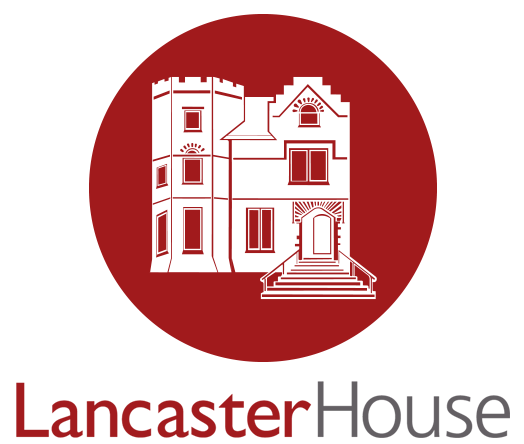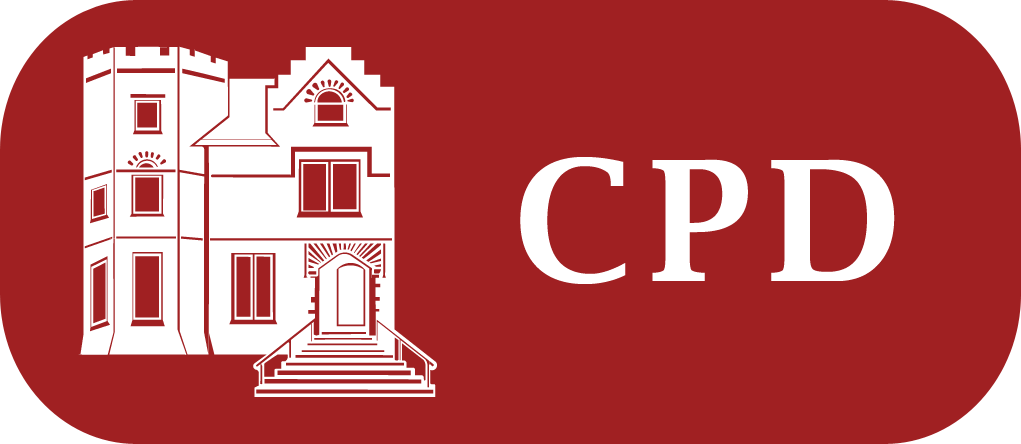April 5, 2016
Given that wages and benefits are a primary concern in collective bargaining, union and management representatives need to come to the table knowing what their proposals cost/save. In this session a panel of experts will outline the fundamental elements of costing and provide advice on how effective costing can be used to a party’s advantage in bargaining. This session will be presented at a beginner/intermediate level but will progress through key concepts quickly.
- Mechanics of costing: What are the steps to costing a base year model? What are the core elements of total compensation and how are they taken into account in creating a base model? How are roll-up costs and other hidden costs factored into the calculation? How should parties account for deferred benefits (such as pension benefits or severance pay) in costing? How should they deal with non-taxable allowances (for meals, travel, etc.)? Once a party has costed a base year, what are the key steps in costing proposals? What are potential pitfalls? How should parties estimate the use of proposed new or improved benefits so as not to over-estimate or under-estimate the costs of benefits? How should the cost of proposed changes in paid leave be calculated? What computer software is available to assist in the costing process?
- Gathering information: How should data needed to cost a base year and proposals be collected? Is it preferable for union representatives to obtain certain types of information from sources other than the employer? What information can union representatives reasonably request from employers to develop proposals for contract negotiation? What types of information regarding insured benefits are unions entitled to receive? In what circumstances can an employer refuse to provide requested information?
- Strategic considerations: How does the function of costing fit into the broader strategic approach to negotiations? Should negotiations start by agreeing to a total compensation cost that the employer is willing to pay? How can the cost of benefits be taken into account when negotiating other terms of the collective agreement, such as wage increases, so that both the employer and union are satisfied? How should negotiators factor workers’ subjective valuations of benefits into their costing strategy?
- Public sector vs. private sector: How does the approach to costing differ between the public and the private sector? What role does ability to pay play in public sector or broader public sector negotiations? What role does it play in private sector negotiations? How does the information a public sector employer needs to produce to support an inability to pay argument differ from that which a private sector employer asserting an inability to pay would be expected to produce?
- Members of the Nova Scotia Barristers Society may count this program for 1.5 Continuing Professional Development hours.
- Each audio conference has been approved by the Law Society of British Columbia for 1.5 Continuing Professional Development hours.
- Each audio conference has been approved by the Law Society of New Brunswick for 1.5 Continuing Professional Development hours.
- Each audio conference has been approved by the Law Society of Saskatchewan for 1.5 Continuing Professional Development hours.
- CPD for Members of the Law Society of Upper Canada: 1.5 Substantive Hours; 0 Professionalism Hours.

